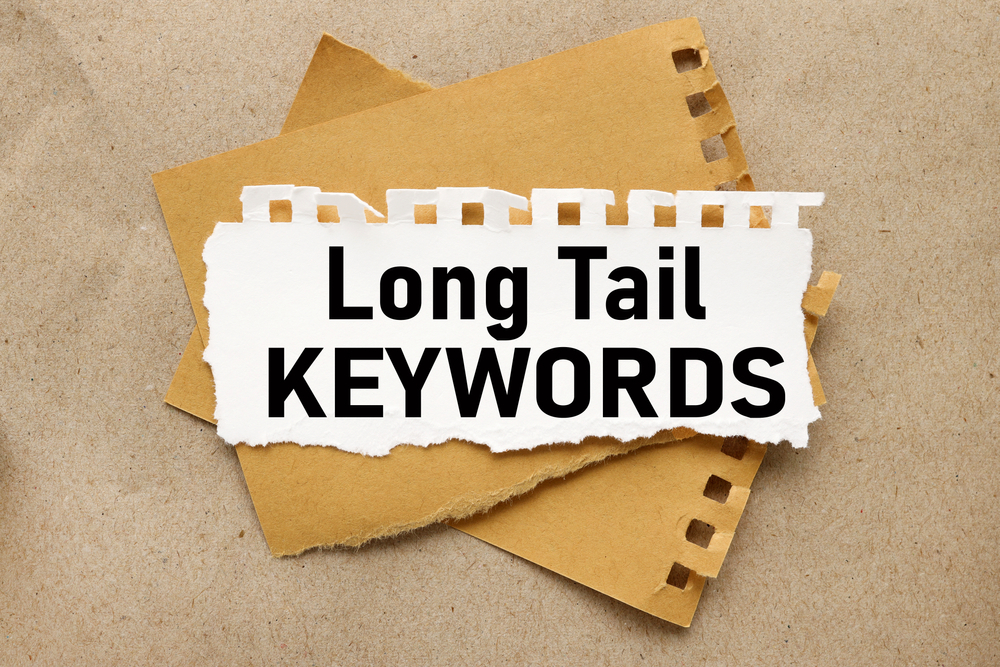SEO campaigns succeed when they focus on providing quality content that is relevant and useful to their target audience. Effective keyword research and optimization are key factors. A successful SEO campaign should also include a comprehensive backlink strategy focusing on earning links from high-quality, authoritative websites.
In addition, optimizing website structure and ensuring that it is user-friendly is essential for both users and search engines. Regular monitoring and analytics tracking help identify improvement areas and fine-tune the campaign to ensure ongoing success.

What is an SEO Campaign
An SEO campaign is a strategy designed to improve a website’s visibility and ranking on SERP. The campaign typically involves optimizing the website’s content, structure, and links to make it more attractive to search engines like Google, Bing, and Yahoo. An SEO campaign aims to increase the website’s organic traffic and generate more leads, sales, or conversions. The campaign may include activities such as keyword research and optimization, content creation and optimization, backlink building, and ongoing monitoring and analysis of website performance.
Steps to Developing a Successful SEO Campaign Strategy
Creating an effective SEO campaign strategy involves several key steps, including:
Defining your goals: The first step is to define what you want to achieve with your SEO campaign. This could increase website traffic, generate more leads or sales, or improve brand visibility.
Conducting keyword research: Keyword research helps identify the keywords and phrases your target audience uses to find products or services like yours. This helps to optimize your content to rank higher in search engine results pages.
Analyzing competitors: Analyzing your competitors’ SEO strategies can help you identify their strengths and weaknesses and improve your strategy.
On-page optimization: On-page optimization involves optimizing your website’s content and structure to make it more attractive to search engines.
Off-page optimization: Off-page optimization focuses on building high-quality backlinks from other websites to improve your website’s authority and credibility.
Creating quality content: Creating high-quality, relevant, and informative content is essential for engaging and retaining your target audience and improving your search engine rankings.
Analyzing and tracking results: Regularly analyzing and tracking your website’s performance can help you identify areas for improvement and fine-tune your SEO strategy.
Continuous improvement: SEO is an ongoing process, and continuous improvement is critical to maintaining and improving your website’s search engine rankings over time.
How do you track the success of an SEO Campaign
Tracking the success of an SEO campaign is critical to identify areas for improvement and measure the campaign’s overall effectiveness. Some key metrics that can be used to track success include organic search traffic, keyword rankings, backlinks, and on-page metrics such as bounce rate and time on site. Google Analytics is a popular tool that can be used to track these metrics and provide insights into user behavior, traffic sources, and more. Additionally, regular monitoring and analysis of the campaign can help to identify trends, opportunities, and areas for improvement.
Conclusion
In conclusion, an effective SEO campaign strategy is crucial to improving a website’s search engine rankings, driving traffic, and achieving business goals. The strategy should include keyword research, on-page, and off-page optimization, analyzing competitors, creating quality content, tracking and analyzing results, and continuous improvement. By implementing a well-planned SEO campaign strategy, businesses can gain a competitive edge and succeed in their online marketing efforts.
If you’re looking to enhance your online visibility and drive more organic traffic to your website, contact SPEEDFORCE DIGITAL today. Our team of SEO experts can help you create a tailored SEO campaign strategy that aligns with your business goals and yields measurable results.
Frequently Ask Questions
1. What is the best way to start an SEO campaign?
To start an SEO campaign, you should define your goals and conduct keyword research. Analyzing competitors and optimizing your website’s content and structure is also essential. It’s a good idea to create a detailed action plan and set realistic timelines to achieve your goals.
2. When will the results of an SEO campaign be visible?
The timeline for seeing results from an SEO campaign can vary depending on the industry’s competitiveness, targeted keywords, and other factors. Generally, it can take several months to start seeing significant results, but continuous monitoring and improvement can help to speed up the process.





